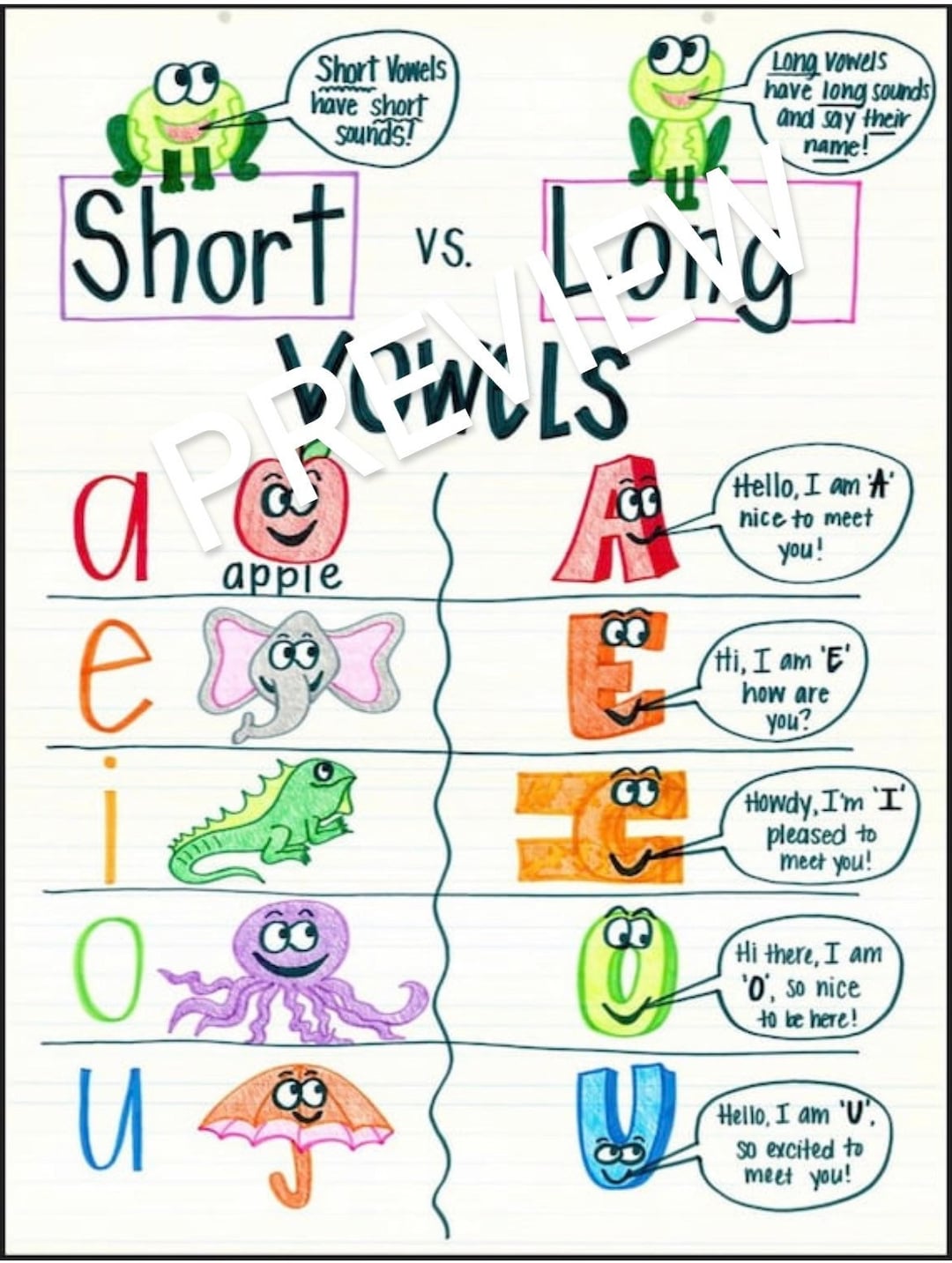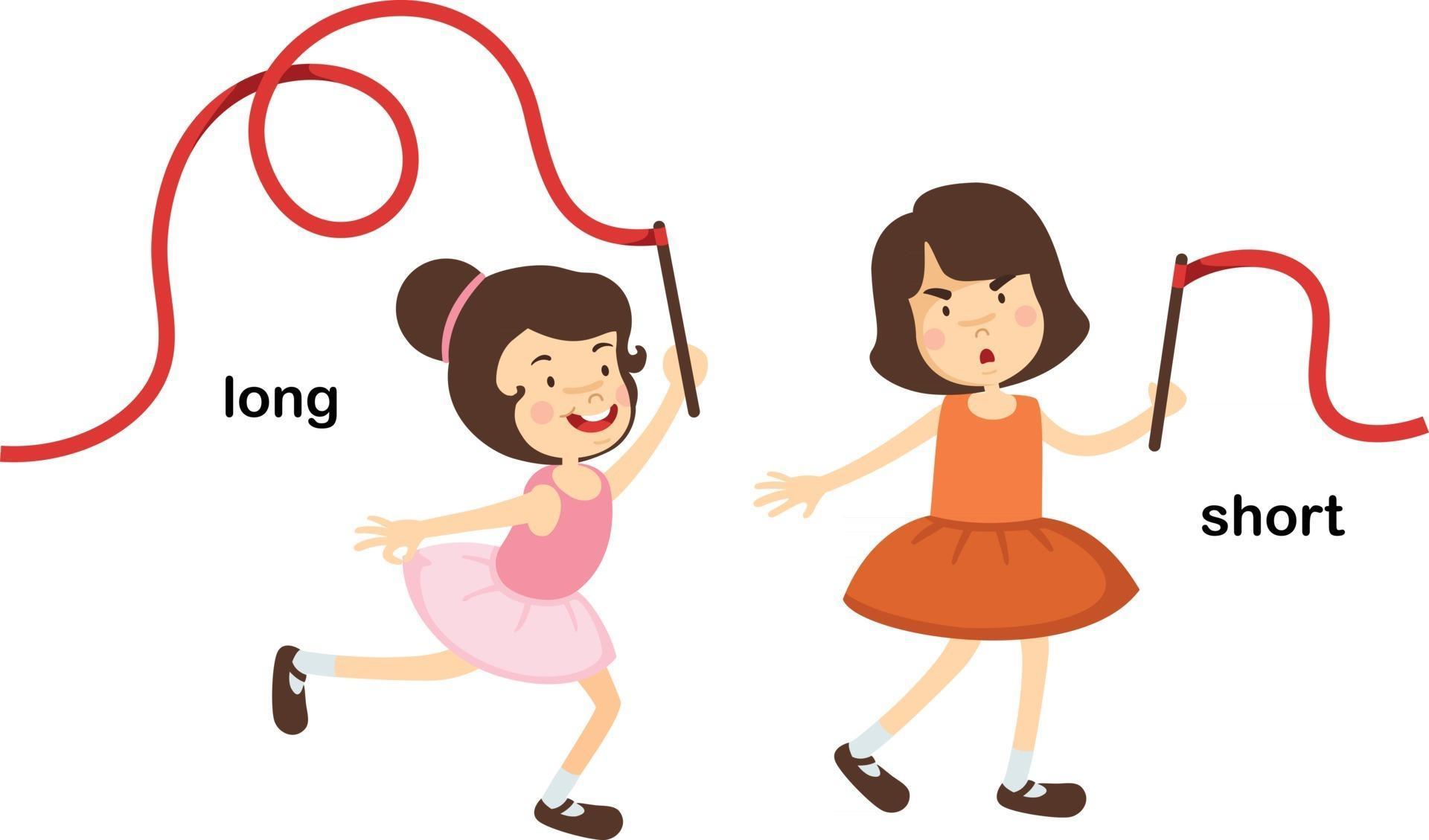Unpacking Digital Longevity: How Long Has The View Been On?
In an age dominated by screens, where information flows ceaselessly and entertainment is but a tap away, a fundamental question often goes unasked: how long has the view been on? This isn't merely about the duration of a single video or the time spent on a specific website; it delves into the cumulative history of our digital gaze, the evolution of platforms designed to capture and hold our attention, and the profound impact this sustained engagement has on individuals and society. From the earliest days of the internet to the hyper-connected present, our relationship with digital content has undergone a dramatic transformation, constantly adapting and expanding.
Understanding the longevity of our digital "view" requires a journey through technological milestones, shifts in content consumption, and the intricate psychology behind sustained engagement. It's about recognizing that the platforms we interact with daily are not static entities but dynamic ecosystems, constantly being refined and updated to optimize our experience. Just as software versions evolve to introduce new features and fix bugs, our digital viewing habits are continually shaped by these advancements, pushing the boundaries of how long our attention can be commanded and maintained.
Table of Contents
- The Dawn of Digital Viewing: Tracing the Initial Glimpses
- From Static Pages to Dynamic Streams: The Evolution of Content Delivery
- The Metrics of Engagement: Quantifying the "View" Duration
- The Psychological Underpinnings of Sustained Viewing
- Generational Shifts: How Different Ages View Content
- Technological Leaps: Shaping the Future of the View
- Challenges and Consequences of Prolonged Digital Views
- The Enduring Legacy: How Long Will The View Be On?
The Dawn of Digital Viewing: Tracing the Initial Glimpses
To truly grasp the question of "how long has the view been on," we must rewind to the nascent days of the internet. In the early 1990s, the World Wide Web was a nascent concept, a collection of static, text-heavy pages primarily used by academics and researchers. The "view" then was rudimentary, characterized by slow dial-up connections and basic HTML. Users would typically spend short bursts of time online, seeking specific information or engaging in nascent email communication. There was no concept of endless scrolling, autoplay videos, or personalized feeds. The internet was a tool, not a pervasive environment.
The early web was about access to information, not immersive experience. Websites were largely static brochures, digital versions of printed material. The duration of a "view" was limited by the content's scarcity and the technological constraints of the time. There was no significant incentive for prolonged engagement beyond finding the specific piece of data one sought. This era laid the groundwork, however, for the digital revolution that would follow, setting the stage for the dramatic expansion of content and the subsequent challenge of understanding how long our collective view would remain captivated.
From Static Pages to Dynamic Streams: The Evolution of Content Delivery
The transition from Web 1.0 to Web 2.0 marked a pivotal shift in how content was created, distributed, and consumed, fundamentally altering how long the view has been on. This era, beginning in the early 2000s, saw the rise of user-generated content, social media platforms, and interactive websites. Suddenly, users weren't just passive consumers; they were active participants, creating blogs, sharing photos, and engaging in online discussions. This democratization of content creation led to an explosion of information and entertainment, making the digital realm infinitely more compelling.
Platforms began to understand the power of continuous engagement. Social media feeds, video streaming services, and online forums were designed to be dynamic, constantly updated with fresh content from a multitude of sources. This continuous flow meant there was always something new to see, always another link to click, another video to watch. This iterative improvement of platforms, much like the continuous updates and bug fixes seen in software development (e.g., version 1.18.7 fixing bugs, 1.18.2 adding editing functions, 1.15.0 optimizing display), has been crucial. Each enhancement, each new feature like voting or improved post display, contributes to a smoother, more engaging experience, directly influencing how long the view has been on for users. These ongoing refinements ensure that the digital environment remains fresh and compelling, preventing user fatigue and encouraging prolonged interaction.
- Rebecca Bloom
- William And Rose Hanbury Baby
- Twitter Fred Guttenberg
- Skarsgard Family
- Rhea Perlman Children
The Metrics of Engagement: Quantifying the "View" Duration
In the digital age, "how long has the view been on" is no longer an abstract concept but a quantifiable metric. Platforms meticulously track various forms of engagement to understand user behavior and optimize their offerings. Key metrics include:
- View Counts: The sheer number of times a piece of content has been seen.
- Watch Time/Session Duration: The actual time users spend consuming content or interacting with a platform. This is often considered a more valuable metric than mere views, as it indicates genuine engagement.
- Retention Rates: How many users return to a platform or piece of content over time.
- Scroll Depth: How far down a page a user scrolls, indicating their interest level.
- Click-Through Rates (CTR): The percentage of users who click on a link or advertisement.
These metrics are critical for content creators, advertisers, and platform developers. They provide insights into what resonates with audiences and how to design experiences that maximize the duration of the "view." For instance, a video platform might prioritize content that generates longer watch times, while a news site might focus on articles that encourage deeper scrolling. The relentless pursuit of these metrics drives much of the innovation we see online, all aimed at extending how long the view has been on.
The Attention Economy: A Battle for Sustained Gaze
The concept of an "attention economy" emerged as a direct consequence of the abundance of digital content. In this economy, human attention is the scarce resource, and every app, website, and piece of content is vying for a share of it. Platforms employ sophisticated algorithms and design principles to capture and retain user attention. Notifications, personalized recommendations, and gamified elements are all tools in this battle. The goal is to create a seamless, addictive experience that keeps the user's "view" locked onto the screen for as long as possible. This intense competition has fundamentally reshaped our digital landscape, making it increasingly difficult to disconnect and highlighting the profound implications of how long our view has been on, collectively and individually.
The Psychological Underpinnings of Sustained Viewing
The longevity of our digital "view" is not accidental; it's rooted in deep psychological principles. Platforms are expertly engineered to tap into our innate desires for novelty, connection, and reward. The variable reward system, similar to a slot machine, ensures that every scroll or click has the potential for a new, exciting piece of content, triggering dopamine releases that reinforce the behavior. This creates a powerful feedback loop, making it challenging to disengage.
Furthermore, the fear of missing out (FOMO) plays a significant role. Social media, in particular, thrives on this, creating a constant stream of updates that users feel compelled to check. The curated feeds, often showing only the highlights of others' lives, can also foster a sense of inadequacy or a desire to stay connected, further extending the duration of our view. Content is also designed for "flow state" – a psychological state where one is fully immersed in an activity, losing track of time. Autoplay features, endless feeds, and personalized content recommendations all contribute to creating this immersive environment, ensuring that the question of "how long has the view been on" often results in a surprising answer once one finally looks away.
Generational Shifts: How Different Ages View Content
The question of "how long has the view been on" also varies significantly across different age groups, reflecting distinct digital native experiences and evolving content preferences. Older generations, who witnessed the internet's infancy, might still approach digital content with a more utilitarian mindset, using it for specific tasks or information retrieval. Their view might be more episodic and less pervasive.
Conversely, younger generations, particularly Gen Z and Alpha, have grown up entirely immersed in digital environments. For them, the "view" has been on almost continuously since birth. They are accustomed to constant connectivity, short-form video content, and highly personalized experiences. Their attention spans are often adapted to rapid content consumption, leading to a preference for platforms that deliver quick bursts of entertainment or information. This generational divide highlights how deeply integrated digital viewing has become into the fabric of daily life for the younger demographic, making the concept of a "view" being "off" increasingly alien.
The Rise of Niche Communities and Curated Views
A significant trend influencing how long the view has been on is the proliferation of niche online communities. From forums dedicated to specific hobbies to platforms centered around particular genres of content, users are increasingly gravitating towards spaces that cater to their unique interests. This is exemplified by platforms that host discussions on specific topics, such as online novel recommendations or communities focused on female-oriented works, as hinted at in the provided data. These specialized environments foster a deeper sense of belonging and relevance, encouraging prolonged engagement. When content is highly tailored to an individual's specific passions, the likelihood of a sustained view dramatically increases. Algorithms play a crucial role here, identifying and serving up content that resonates with these niche interests, thereby creating a highly personalized and sticky viewing experience that keeps users coming back for more.
Technological Leaps: Shaping the Future of the View
The answer to "how long has the view been on" is constantly being redefined by rapid technological advancements. Emerging technologies like Artificial Intelligence (AI), Virtual Reality (VR), and Augmented Reality (AR) promise to transform our digital viewing experiences in profound ways. AI-driven content generation and personalization are becoming increasingly sophisticated, capable of creating hyper-relevant feeds that are almost impossible to disengage from. VR and AR offer immersive experiences that blur the lines between the digital and physical worlds, potentially extending the "view" into entirely new dimensions.
For example, VR headsets can transport users into virtual environments for gaming, education, or social interaction, effectively making the "view" an all-encompassing experience. AR overlays digital information onto the real world, enhancing our perception and interaction with our surroundings. These technologies suggest that the future of the "view" will be even more integrated, more personalized, and potentially more continuous than ever before. The ongoing evolution of software and hardware, with continuous updates and new features, ensures that the digital viewing experience is always at the cutting edge, compelling users to keep their view "on."
The Algorithmic Influence: Guiding Our Digital Gaze
At the heart of modern digital engagement lies the pervasive influence of algorithms. These complex mathematical formulas analyze our past behaviors, preferences, and interactions to predict what content we are most likely to engage with next. They are the unseen architects guiding our digital gaze, determining what appears in our social media feeds, what videos are recommended on streaming platforms, and even what news articles we encounter. The effectiveness of these algorithms directly impacts how long the view has been on. By continuously refining their predictions and optimizing for engagement, algorithms create highly personalized echo chambers, ensuring a steady stream of content that aligns with our interests, making it incredibly difficult to look away. This constant, tailored delivery of content is a primary driver behind the sustained duration of our digital view.
Challenges and Consequences of Prolonged Digital Views
While the ability to keep the "view" on offers unparalleled access to information and entertainment, it also comes with significant challenges and consequences. Prolonged digital engagement can lead to digital fatigue, eye strain, and sleep disturbances. The constant barrage of notifications and the pressure to stay connected can contribute to increased anxiety and stress. Furthermore, the algorithmic curation of content, while designed to keep the view on, can inadvertently lead to filter bubbles and echo chambers, limiting exposure to diverse perspectives and potentially exacerbating societal divisions. The very mechanisms designed to extend our digital view can, paradoxically, narrow our understanding of the world.
The addictive nature of many digital platforms also raises concerns about mental health, particularly among younger demographics. Studies have linked excessive screen time to issues like depression, loneliness, and decreased physical activity. As we continue to push the boundaries of "how long has the view been on," it becomes increasingly important to critically assess these negative impacts and develop strategies for healthier digital habits.
Balancing Screen Time with Real-World Engagement
Given the pervasive nature of digital viewing, finding a healthy balance between screen time and real-world engagement has become a critical challenge. This isn't about demonizing technology but about fostering mindful consumption. Strategies include setting screen time limits, engaging in digital detoxes, prioritizing in-person interactions, and actively seeking diverse sources of information. Encouraging critical thinking about the content consumed and understanding the persuasive techniques employed by platforms can empower users to regain control over their attention. Ultimately, the goal is not to eliminate the digital view but to ensure it complements, rather than dominates, a fulfilling life, ensuring that the answer to "how long has the view been on" is a conscious choice, not an involuntary habit.
The Enduring Legacy: How Long Will The View Be On?
The question of "how long has the view been on" is not just about the past or present; it's a forward-looking inquiry. As technology continues to advance and integrate further into our lives, the duration and nature of our digital view will undoubtedly evolve. We can expect even more immersive, personalized, and seamless experiences, driven by sophisticated AI and innovative hardware. The continuous iteration of platforms, much like the version updates and feature enhancements that refine software experiences, will ensure that the digital landscape remains dynamic and compelling.
However, alongside this technological progression, there will be a growing emphasis on digital well-being and the ethical implications of sustained attention. Society will increasingly grapple with how to harness the benefits of digital connectivity while mitigating its potential harms. The "view" will always be "on" in some capacity, but the future will likely see a more conscious and balanced approach to its duration and quality. The legacy of our digital view will be defined not just by how long it was sustained, but by how wisely we chose to engage with it.
What are your thoughts on how long the view has been on for you personally? Share your experiences and perspectives in the comments below. If you found this article insightful, consider sharing it with others or exploring our other pieces on digital trends and technology.

Long vs. Lengthy: Usage, Differences, and Discussion | Merriam-Webster

Short Vs. Long Vowels Anchor Chart - Etsy

Long I Vs Short I